How are belt restraints used in the UK?
- Published
A police sergeant and two detention officers have been cleared of killing a man in custody after an Emergency Response Belt (ERB) was placed around his face. The death of Thomas Orchard, 32, who had paranoid schizophrenia, has raised the issue of restraint belts and how they are used in the UK.

What is an Emergency Response Belt?
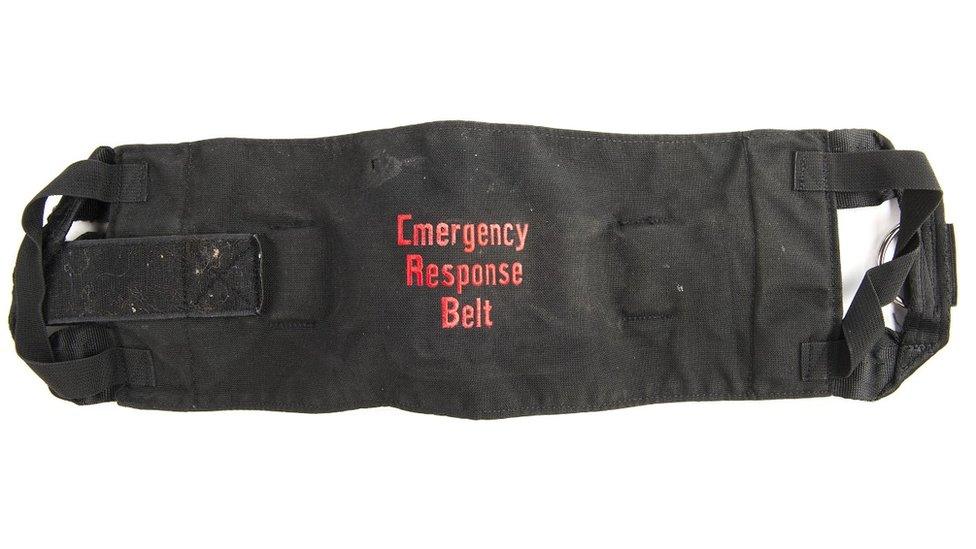
The emergency response belt used by police to restrain Thomas Orchard
An ERB is a soft belt with handles, made from strengthened fabric and straps. It is intended to be used on the legs and arms of violent or injured subjects, the Independent Police Complaints Commission (IPCC) says.
It was developed in the United States and first used in the UK by Northamptonshire Police in 2002, according to the National Police Chiefs' Council (NPCC).
It was added to the national personal safety manual for police in 2003 as an additional restraint device.
NPCC guidance says the belts can be used in a number of scenarios, such as moving a person from the scene of arrest to a vehicle, putting people in cells or while transporting detainees in vehicles.

When are emergency response belts used as spit hoods?
The trial of custody sergeant Jan Kingshott, 45, and civilian detention officers Simon Tansley, 39, and Michael Marsden, 56, was told the belt was used on Mr Orchard as a spit hood - a breathable garment placed over someone's head to stop them spitting at or biting officers.
Mark Haywood QC, prosecuting, said that a combination of force and physical restraints "led to him being starved of oxygen to the point of cardio-respiratory arrest".
The jury was told a pathologist found the use of the belt was not the main or sole reason for Mr Orchard's cardiac arrest but it was a "contributing factor".
Sgt Kingshott told the jury he had seen the ERB used in this way on about 50 previous occasions and it was a method of restraint he had been trained in.
He said the ERB was used after Mr Orchard repeatedly threatened to "bite the faces off" custody staff.
A Devon and Cornwall Police video, commissioned by the IPCC as part of its investigation into Mr Orchard's death, shows custody trainers demonstrating how the belt was used in this way.
A police demonstration showing how to use the Emergency Response Belt as a spit hood has been released by Bristol Crown Court
A manual produced by Northamptonshire Police before Mr Orchard's death states the ERB can be used to prevent spitting or biting where an officer considers it "absolutely necessary".
Officers should "lightly wrap" the belt across the subject's face, it says, but not use the compression strap or apply any pressure.
However, the NPCC said it had "never" considered, taught or condoned the use of the ERB in this way and it had "no knowledge" it was being used as a spit guard before Mr Orchard's death.
Only five forces have ever used the belt and, of those, the Devon & Cornwall, Norfolk and Northamptonshire forces have confirmed they used it as a spit hood prior to 2012. Kent Police said it had never used an ERB in this way and West Mercia Police said it was only once used - across the bridge of a subject's nose - to stop them spitting.
Following Mr Orchard's death, the NPCC contacted the IPCC which wrote to all chief constables, external in England and Wales on 1 November 2012 identifying "a risk" in the way the ERB "was used on Mr Orchard as a spit hood by Devon and Cornwall Constabulary".
In response to an FOI request, Norfolk Constabulary said it had used the belt as a spit-bite guard 82 times between 2010 and November 2012. It stopped the practice after receiving guidance from Acpo, the NPCC's predecessor.
Devon and Cornwall Police's force policy & procedures for 2015 states: "Under no circumstances will an ERB be applied around the head of a detainee."

Have police restraints been linked to other custody deaths?

The IAP found that two people died in "restraint-related" deaths in 2014
There were 18 "restraint-related" deaths in police custody between 2000 and 2014 where restraint was mentioned in the post-mortem report, the Independent Advisory Panel (IAP) found.
The IPCC, which has published figures for the years 2010 to 2015, recorded a total of 29 deaths in police custody where restraint had occurred but "did not necessarily contribute to the death".
"Restraint" refers to a range of actions including arm-locks and pressure compliance, but does not include the routine use of handcuffs.
The IPCC said it did not have figures for the number of custody deaths where an ERB had been used.
The ERB has not been linked to any other known controversial incidents, according to Amnesty International and the charity United Families & Friends Campaign.

Has police use of ERBs been criticised before?

Sgt Jan Kingshott and civilian detention officers Michael Marsden and Simon Tansley were on trial
An HM Inspectorate of Constabulary (HMIC) report, external published in 2015 said inspectors "were particularly concerned about the use of emergency restraint belts in one police force", but did not name it.
"Data supplied by the force suggested that staff were using the belt regularly, yet there was a lack of clarity among staff as to when the belt should be used and how," the study found.
"Of three CCTV recordings we reviewed of use of this belt, we asked that two were referred immediately for internal professional standards investigation."
The report also raised concerns about the use of restraint equipment on people with mental health issues and said record-keeping of the use of force varied significantly between different police forces.
The charity Inquest said in a 2013 Parliamentary briefing its casework had shown "an increasing use of restraint equipment such as limb restraints, spit hoods and emergency response belts", describing it as a "significant issue".

Who supplies the police with ERBs?
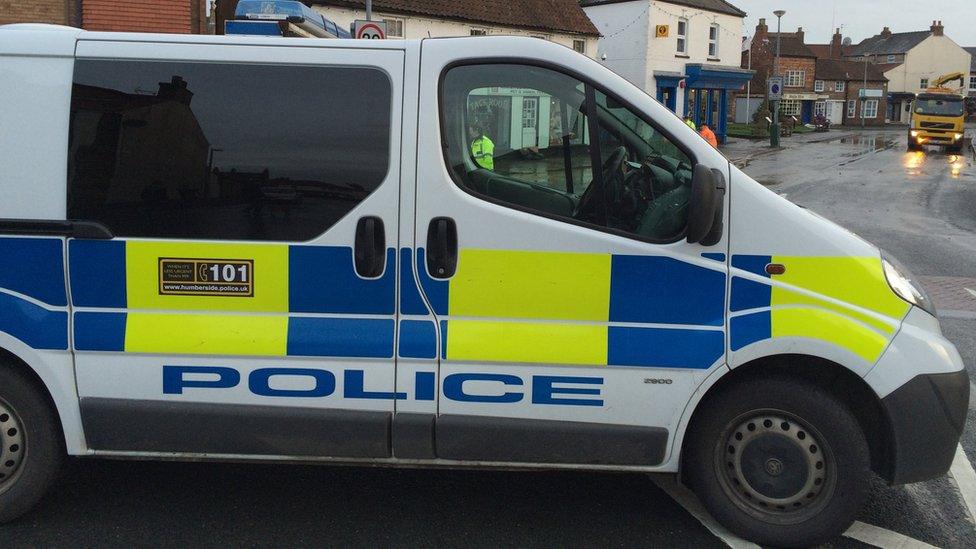
In 2003 use of the ERB was added to the police national personal safety manual, following medical, legal and tactical assessment by Acpo, the predecessor of the NPCC
Pro-Tect Systems supplies ERBs and trains UK police forces to use them, according to the NPCC.
The private firm had its licence to provide police with X12 Tasers revoked in 2010 after it was found to have provided illegal Taser weapons to Northumbria Police during the stand-off with wanted gunman Raoul Moat.
The BBC has approached Pro-Tect Systems for comment.

Is the ERB used elsewhere?

The Department for Health said it did not know how many hospital trusts used the ERB
The Department of Health said the ERB is used in exceptional circumstances in some hospitals but its use is subject to rigorous assessment.
It said it did not record how many hospitals use the device.
In England and Wales, 46 patients detained under the Mental Health Act died within seven days of restraint being used in hospitals between 2000 and 2014, the IAP found.
The majority of these - 41 - occurred between 2011 and 2014.
However, none of these can be directly linked to the use of ERBs.

What happens next?
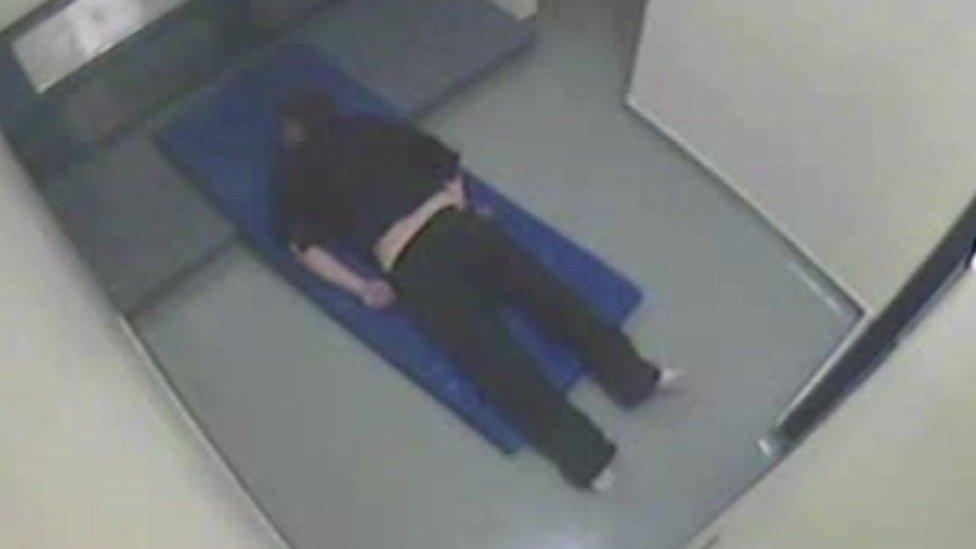
Thomas Orchard was left lying on a mattress in his cell at Heavitree Road police station in Exeter
The IPCC is continuing to examine Devon and Cornwall Police's corporate decision-making around the ERB.
But the IPCC investigator submitted a report in January last year that said the three defendants, together with four other Devon and Cornwall Police officers who were involved in the arrest and restraint of Mr Orchard, have cases to answer for gross misconduct.
The final decision on whether there is a case to answer and whether disciplinary proceedings should be brought are currently under consideration.
IPCC deputy chair Sarah Green said: "The IPCC carried out a thorough investigation which led to the Crown Prosecution Service conducting these prosecutions. The jury found the defendants not guilty. Subsequent disciplinary proceedings are currently under consideration for the police officers and staff involved in the arrest and restraint of Mr Orchard."
- Published1 March 2016
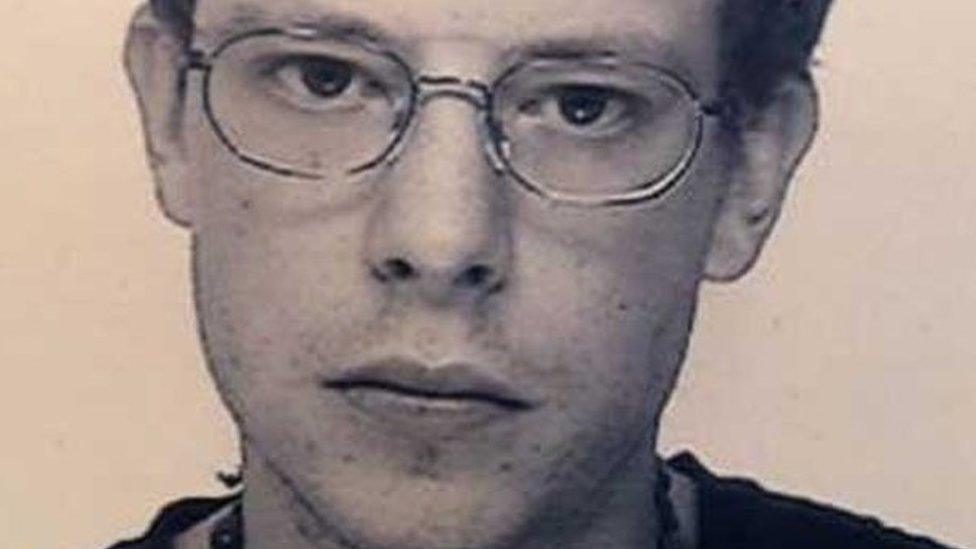
- Published17 February 2016

- Published15 January 2016

- Published17 December 2014
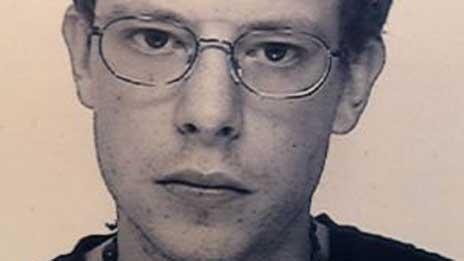
- Published16 December 2014